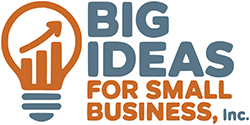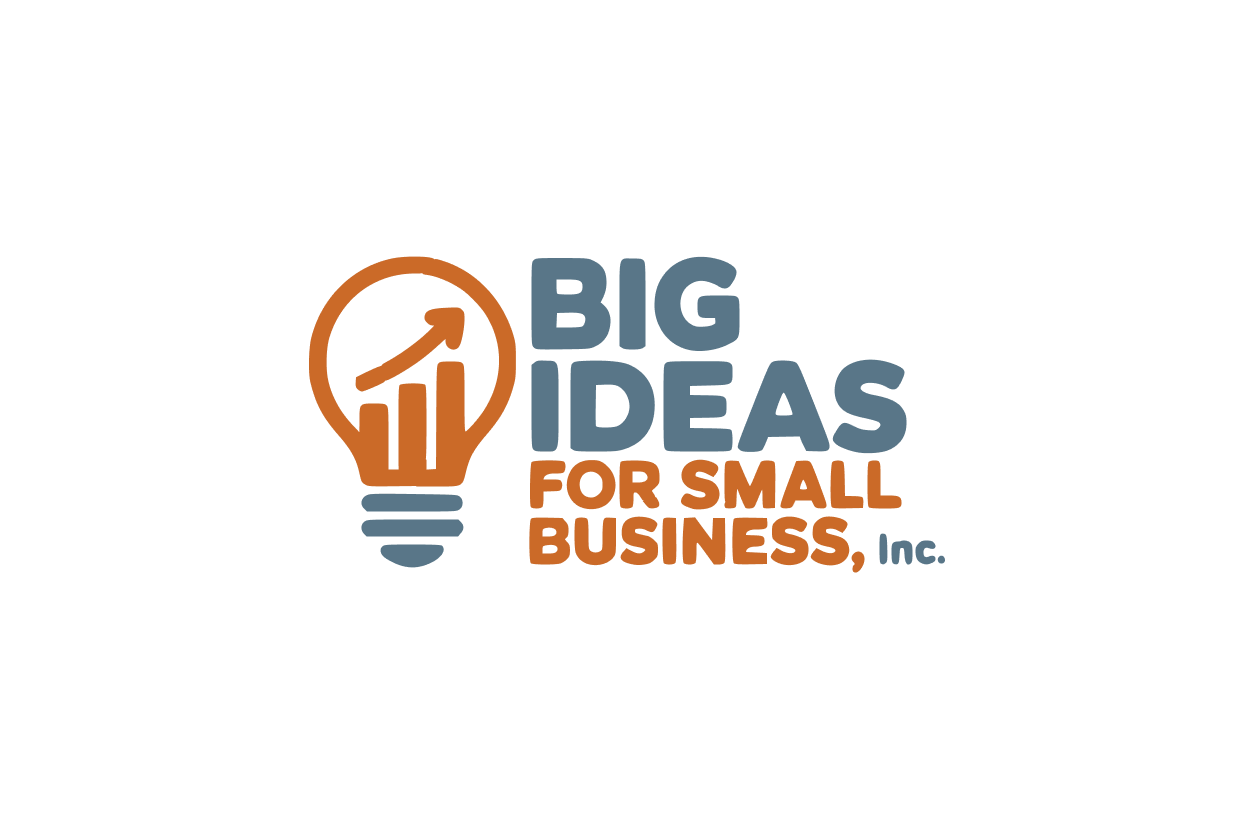Small business owners may be reluctant to offer a qualified retirement plan because of concerns about cost, liability, and hassle. However, failing to offer this benefit is a detriment to attracting and retaining talented workers — and it also costs owners the opportunity to shelter current income and save for retirement (believing that the business itself is a retirement nest egg can turn out to be a fallacy). Furthermore, having a 401(k) account can be a source of borrowing to help an owner through a cash flow crisis or for other purposes. Understand what these plans entail and new developments that make them more attractive to employers.
Contributions
Earnings that go into the plan are not currently taxed; employer contributions are tax deductible. Investment returns on these contributions are tax deferred (i.e., not taxed until distributions are taken). Contribution limits for 2015:
- Employees: $18,000 ($24,000 for those age 50 or older by year end).
- Employers: Total employee and employer contributions cannot exceed the lesser of an employee’s compensation or $53,000 ($59,000 for employees age 50 or older by year end). An employer can contribute the difference between the limit (depending on employee age) and the employee’s contributions.
For example, in 2015 a one-person S corporation owner who is 52 years old can contribute up to $24,000 of his or her salary; additionally, the corporation can make a contribution of $35,000 ($59,000 cap minus $24,000 employee contribution). In effect, this owner has sheltered $59,000 of income in one year.
Note: Self-employed individuals do not have a salary from which to subtract contributions; nor do they have employers to make matching contributions. Nonetheless, they can effectively make both the employee and employer contributions. These amounts are then deducted as personal write-offs on Form 1040 (as adjustments to gross income); they are not treated as business deductions. However, they have the effect of sheltering income.
Automatic enrollment
401(k) plans must meet nondiscrimination requirements fixed by law to ensure that rank-and-file employees are not unfavorably treated under the terms of the plan as compared with owners and other highly-compensated employees. Testing for nondiscrimination and other requirements can be complicated. However, complications are eliminated if an employer uses an automatic enrollment 401(k) plan (technically called a qualified automatic contribution arrangement (QACA) where the employer also makes contributions).
How it works. An employer adopts an automatic enrollment plan (or adds the feature to an existing 401(k) plan). Once an employee meets participation requirements, he or she is automatically enrolled in the plan and a pre-determined percent of wages is added to the plan. (Requirements are usually completion of one year of service and being at least age 21, but an employer can choose to have more favorable requirements.) The employee can opt out of participation, or change (e.g., reduce, or increase up to the annual limit) the amount of salary deferrals. The automatic contribution rates are at least 3% of the employee’s compensation in the initial year, increasing automatically so that by the fifth year the automatic employee contribution is at least 6% of compensation.
An employer is not required to contribute to employee accounts. However, if the employer agrees to make a contribution to plan participants, it must be either:
- A 100% matching contribution for salary deferrals up to 1% of compensation and a 50% match for deferrals above 1% (but no more than 6% of compensation); or
- A nonelective contribution of 3% of compensation to all participants.
Employees make their own investment decisions by selecting from a menu of options provided by the employer. However, if an employee does not make any choice(s), the funds are added to a default investment.
Corrections
It’s all too easy to slip up on the operation of a qualified retirement plan. As part of the IRS’s Employee Plans Compliance Resolution Program (EPCRS), there is a Self-Correction Program that enables employers to make certain corrections and preserve the qualified status of the plan. Self-correction does not require filing any form or paying any fee. Examples of errors subject to self-correction:
- The failure to follow the terms of the plan
- Excluding eligible participants
- Not making contributions promised under the plan terms
- Loan failures
You can find a chart of self-correction actions from the IRS.
Conclusion
Discuss the viability of an automatic enrollment plan with your tax advisor. Recognize that using the automatic enrollment feature may result in lower retirement savings by some workers. (That’s the finding from the Center for Retirement Research at Boston College.) Find more information about these plans from the Department of Labor.


